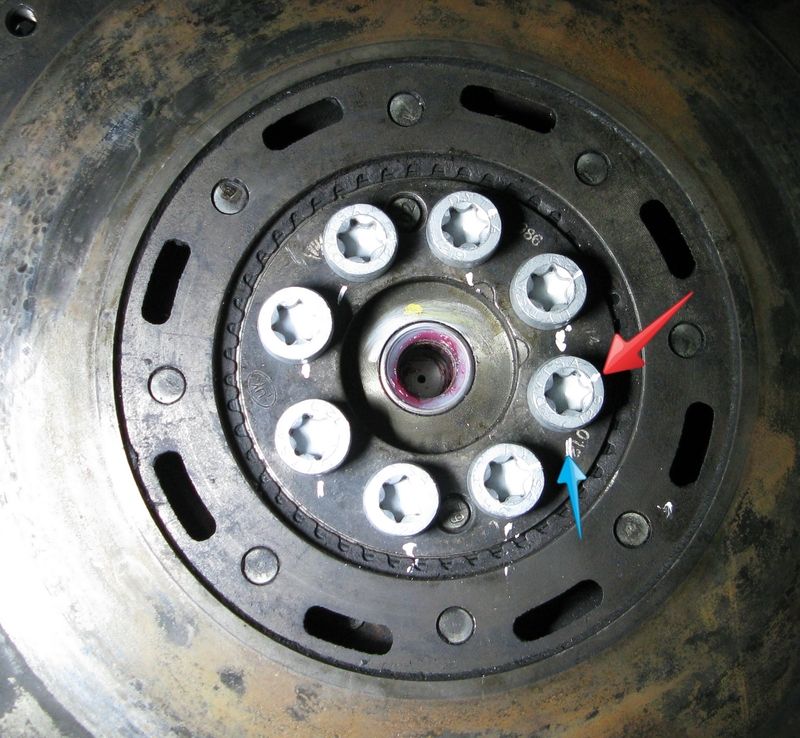Easy way to figure it:


I typed a long answer to the "why" and had a computer crash just before posting and got up and left in disgust. Stupid iMac....
SO I will try to make it shorter. The why is accuracy and very short bolts. the base torque value is used to stiffen the joint and make sure it's all metal to metal. Once the joint is metal to metal, all rotation goes into purely stretching the bolt. So, let's say we have a bolt the has 8 threads per inch, and once the joint is stiff, we turn it 1 revolution, the bolt must be 1/8 inch longer. This has been used for many years to tighten large bolts typically above 3" in diameter as torque wrenches didn't exist and some different thread forms could be used. The studs were gun drilled, a heater rod was placed inside and the bolt heated. Once it "grew in length" the nut could be turned by hand a certain amount, you pulled the heater rod out and as the bolt cooled the stud began to shrink and clamp load was induced.
This type of tightening allows the engineer to get the clamp load quite accurate because friction does not have to be considered in his load calculation. At final torque, friction can be eating up as much as 90% of the work done. the is the friction in the threads and under the nut or bolt head. In a joint like the flywheel, the scatter between bolts could be as much a +/- 25% from the spec just due to friction. The loads on a short bolt are very hard to get right and the "Angle of Turn" gets them to the accuracy level desired.